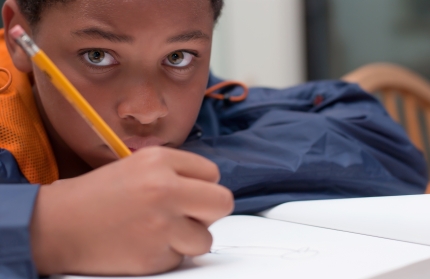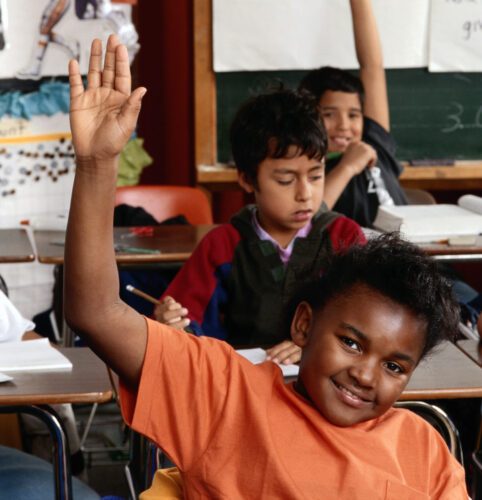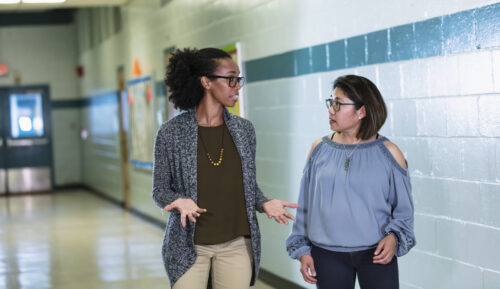
AFC testified before the City Council General Welfare Committee to urge city leaders to reject proposed cuts to early learning programs in New York City.

AFC works to change education policy so that the public school system serves all children effectively. We publish policy reports and data analyses, testify at the City and State levels, speak out in the press to bring attention to the challenges facing the students and families we serve, and join with other advocates, parents, youth, and educators to call for change.

457 Results Found

AFC testified before the City Council General Welfare Committee to urge city leaders to reject proposed cuts to early learning programs in New York City.

AFC submitted testimony urging the New York State Legislature to ensure that the state budget protects access to high-quality Early Intervention services that are driven by children’s needs, not by their health insurance coverage.

This report, jointly issued by AFC and The Asian American Legal Defense and Education Fund (AALDEF), sets forth key principles for a sound ELL accountability framework in New York State.

This report evaluates the success of AFC’s Project Achieve. It describes the long-term impact on staff at the foster care agencies with whom AFC partners, the children and families they serve, and the city’s child welfare system itself.

This policy paper describes the need for student and parent input in teacher evaluation in New York City, summarizes research demonstrating the validity and reliability of such measures, describes efforts other states and districts are undertaking to incorporate student and/or parent feedback into their own teacher evaluation systems, and provides recommendations to the DOE.

This article by AFC Supervising Attorney Erika Palmer and Cara Chambers, Supervising Attorney for the Legal Aid Society’s Education Advocacy Project, examines the impact of changing schools on students in foster care, discusses current laws, and describes strategies from around the country to address school mobility. It was first presented at the Practicing Law Institute’s 10th Annual School Law Institute and was published in Volume 26 of the Touro Law Review.

Based AFC’s review of relevant research and interviews with experts in the field, as well as 13 focus groups conducted with 147 parents, teachers, and students in communities throughout New York City, AFC identified six priorities for New York’s new teacher evaluation system.

In March 2011, the ARISE Coalition, a group of parents, educators, advocates and other supporters of students with disabilities coordinated by Advocates for Children of New York (AFC), released this policy paper calling on New York City and New York State to follow the law with respect to transition planning and to give post-secondary transition for students with special education needs the same high priority they are beginning to give college and career readiness for other students.

This briefing paper profiles nine young adults who were able to earn their high school diploma only because the local diploma, which the state is phasing out, existed. The paper calls on officials to develop alternative pathways to earn a regular high school diploma.

There are more than 15,000 students in the New York City public schools who came to this country having missed two years or more of schooling. These students – known as Students with Interrupted Formal Education (SIFE) – present particular challenges for educators trying to raise the 40% on-time graduation rate for English Language Learners (ELLs). This report examines the data on the SIFE population, profiles twelve immigrant students who should have been identified as SIFE by their schools, and uses their experiences to show how the New York City Department of Education and individual schools try and often fail to meet their needs.